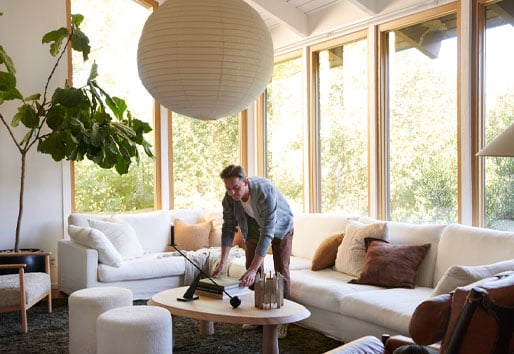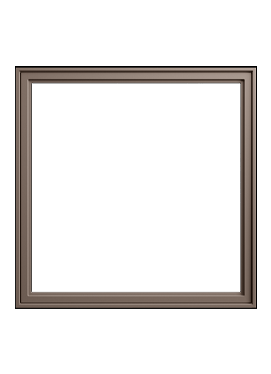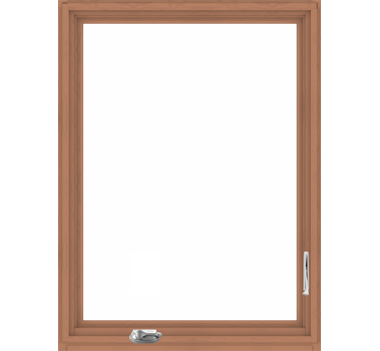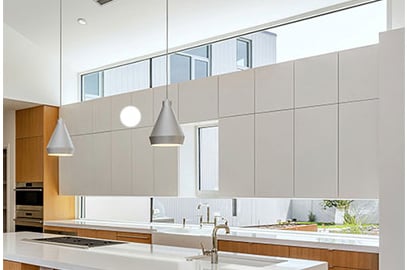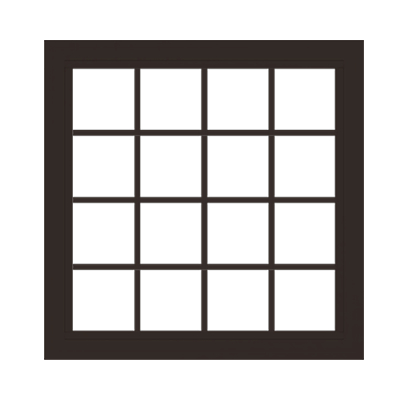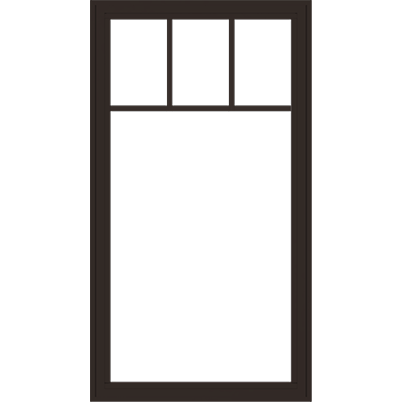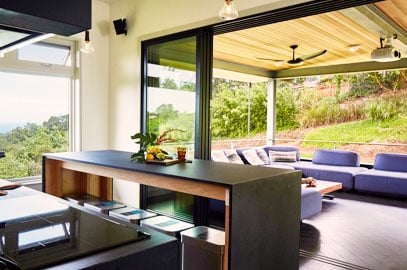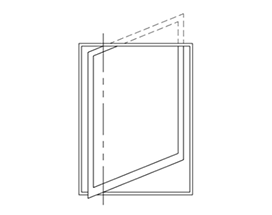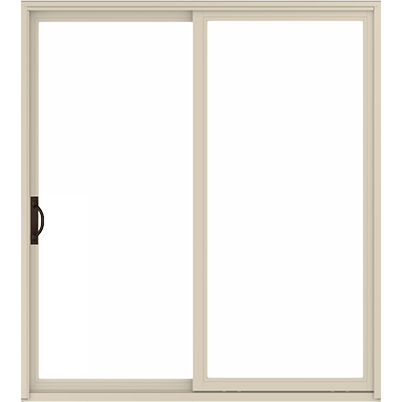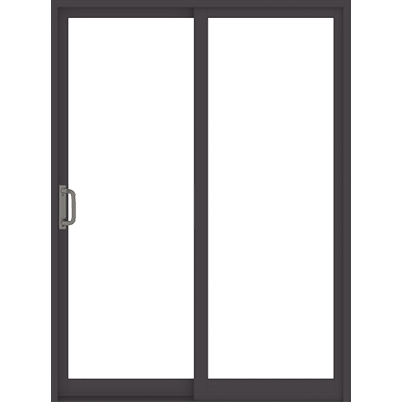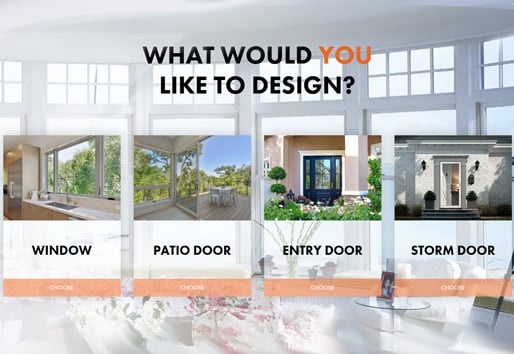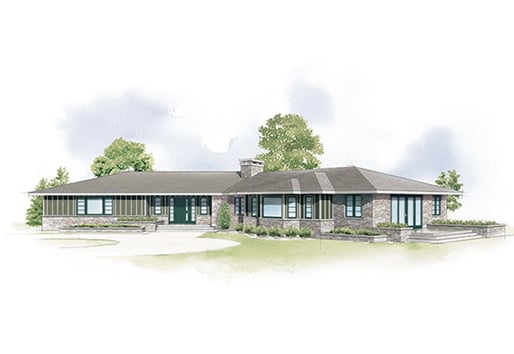Tips
How to pick out windows for a Mid-Century Modern home
When picking out new windows and doors to match your Mid-Century Modern home, it’s important to recognize these elements for what they are — hallmarks of this style. Get tips on picking out the right ones.
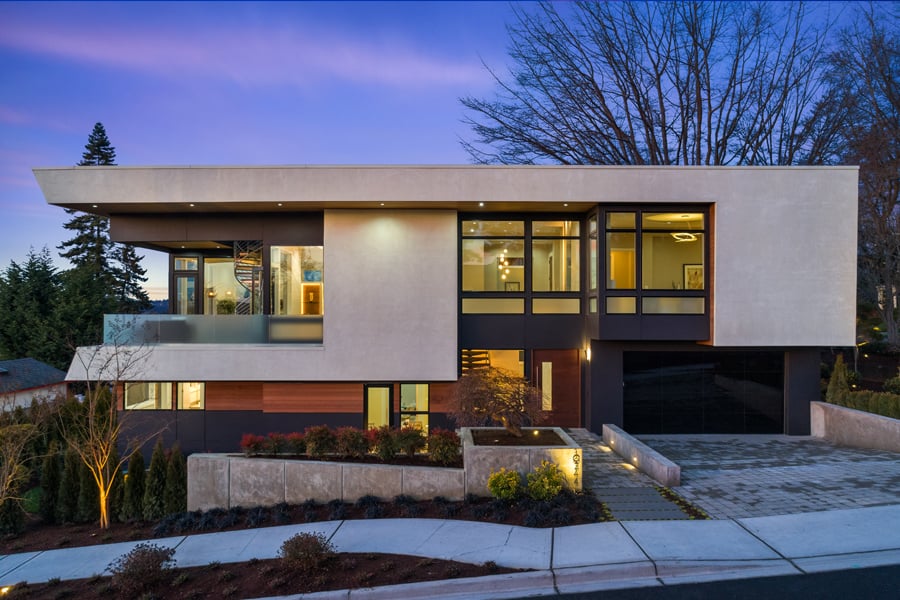
Recognizing the prominent role of expansive glass is an important first step toward understanding Mid-Century Modern style. From characteristic window combinations to hardware to color options, we’ll walk you through selecting the right windows and doors for your replacement project, remodel, or new build — read along to learn key details that will help you realize your dream home.
What is a Mid-Century Modern home?
In the mid-twentieth century, Modern architecture resulted from a drive toward practicality and functioning for the needs of inhabitants. The home was a “machine for living” as the Swiss-French Modernist architect Le Corbusier famously said. Traditional frills and flourishes were left behind in favor of unadorned exteriors made of affordable and durable materials. While the style may sound stark, architects have found ways to elevate the look and give it beauty.
Mid-Century Modern is often categorized into a few different subgroups, such as International Modern and Miesian Modern. New construction or newly renovated MCMs also might show the influence of a more contemporary modern style called Industrial Modern. For more details on the specifics of these different variants, visit our Home Style Library.
Broadly speaking, Mid-Century Modern homes have simple, sometimes boxy, forms that lack ornamentation. Their common features include flat and low-slung roofs, exposed ceiling beams, open floor plans, and industrial materials — such as aluminum.
Importantly, expansive windows and doors are focal points in these homes whose designs are focused on meeting their inhabitants’ functional needs on the interior. In this way, these “machines for living” are similar to the factories of old where work was facilitated by oversized windows before electricity. In MCM homes, inhabitants’ needs for light, air, and contact with the natural world are practically met through large windows and doors.

Floor-to-ceiling corner windows, like the one seen on this MCM home, are available through our E-Series product line and are a popular way to increase views and natural light.
What type of windows match a Mid-Century Modern home?
Big windows with narrow frame profiles and neutral colors are signatures of MCM homes. Mid-Century homes are minimalist by design, and their windows typically invite you to look through, rather than at them.
Floor-to-ceiling windows are a big player in MCMs and are usually made with large picture windows (sometimes called “fixed” windows). The use of picture windows allows for larger sizes that can essentially create glass walls spanning from floor to ceiling to let the maximum amount of natural light into the interior. You might find glass walls like this that wrap across a home’s facade creating a composition that’s central to the home’s exterior look.

These living room windows reaching the double-height ceiling make this Mid-Century home. So, when the homeowners went to replace them, they needed just the right product. E-Series Picture Windows with white oak frames proved to be just that!
Ribbon windows, which are just bands of either operable or fixed windows joined together in a row, are another element of MCM window design. This type of window configuration is an incredibly effective way of lighting a room and creates a striking exterior look.

This Seattle remodel relies on E-Series windows and doors joined together in ribbons to combat the gray weather.
Clerestory windows, which are windows placed high on a wall, often at the ceiling, are popular choices in MCM homes. They are commonly awning or picture windows. Awning windows allow for fresh air and can be ordered with automation, so you can open with the touch of a button.
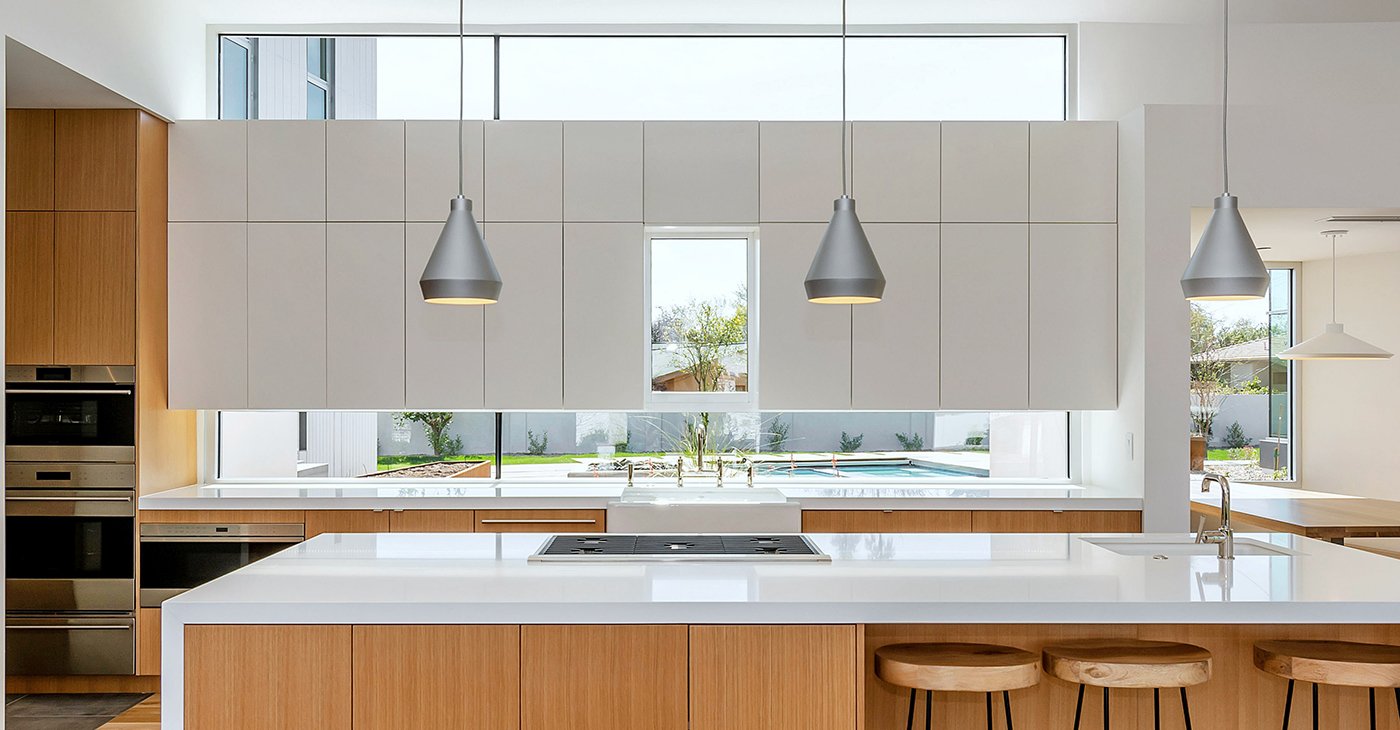
Clerestory windows and backsplash windows give the illusion that the upper cabinets are floating. These Andersen Aluminum Picture Windows have a clear anodized finish and thin frames complementing the clean lines in this modern kitchen.
White or black windows are often chosen to achieve a simple aesthetic, both inside and out. Other colors might include ones that enhance the theme of industrial materials, such as coppery reds or a clean silver finish — check out the clear anodized aluminum option available with select product lines if you like this look.
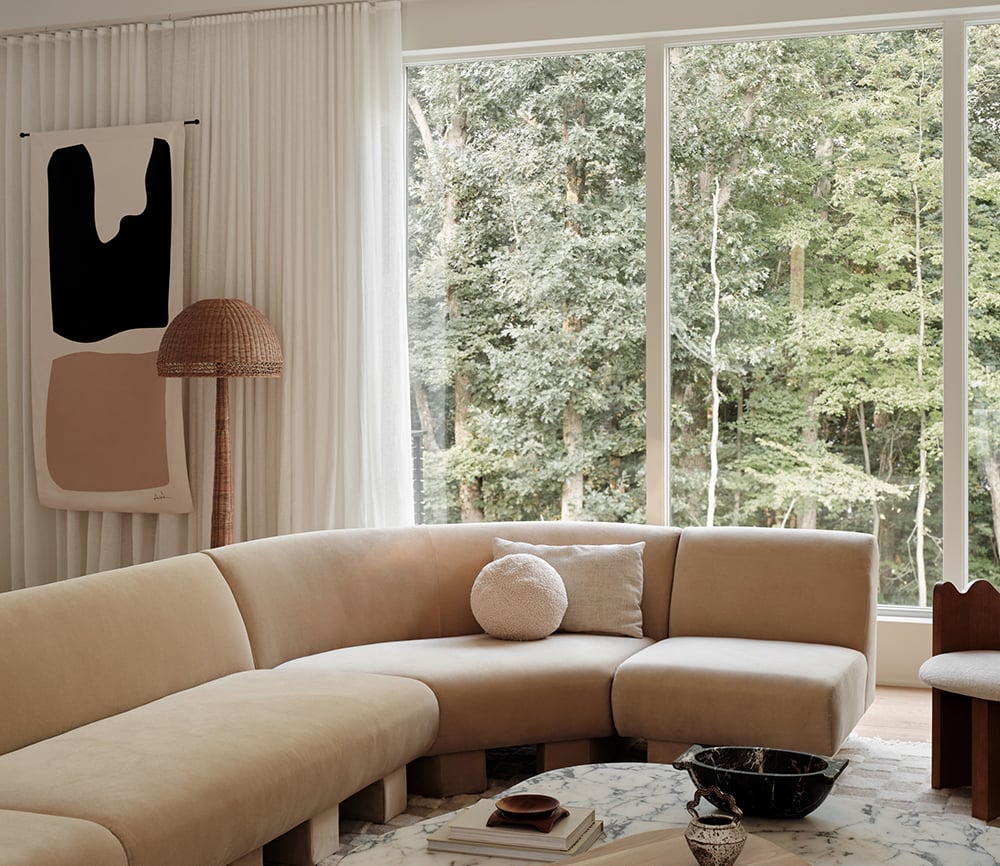
White frames on these E-Series Picture Windows help create an airy and bright atmosphere in this living room.
Hardware on MCM windows is typically functional and straightforward, featuring right angles and clean lines. Finishes often blend in or add a flashy contrast — think bright metals like chrome or satin nickel.
TIP: A great window for an MCM home is our sleek 400 Series Casement Window with contemporary profiles.
How to create MCM-style window combinations
To achieve large expanses of glass in your desired shape and scale, you can order windows that are designed to be joined together in a grouping. Windows that are ordered this way don’t require wall framing between each window.
Here are two popular window combinations to consider:
- Casement or picture windows combined into a horizontal band to create a ribbon effect allows for lots of natural light and creates a distinctive composition from the exterior.
- A combination of operable windows, like casements or awnings, combined with a large picture window to create an oversized rectangle makes a dramatic statement and allows fresh air in.
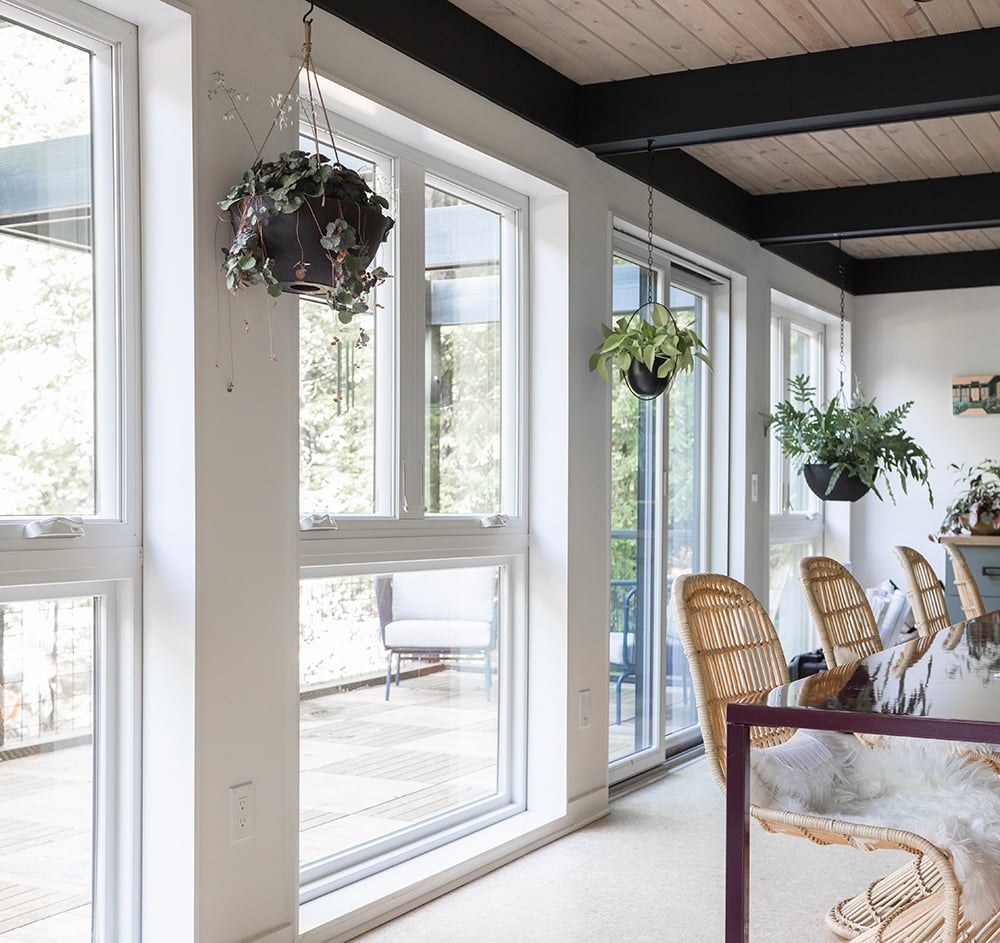
100 Series Casement and Picture Windows combine to make a large combination of both operable and stationary units for lots of fresh air and sunlight in this studio.
TIP: Your architect and builder will be able to help with the design and ordering of the right window combination(s) for your MCM home. It’s just important to know that window combinations are created with windows that are specifically designed to be joined together — a process we’ve perfected with our Easy Connect Joining System.

For the ultimate in window combinations — there's the window wall! This one features E-Series Picture Windows with pine interiors creating a portal for abundant natural light.
What type of doors match a Mid-Century Modern home?
MCM-style doors are typically large and sturdy — think about our Pivot Doors. They’re often made to enhance indoor/outdoor living and like windows, they favor a more minimalist aesthetic. Front doors might be made of industrial materials, like metal, but glass is also used.
The use of glass varies depending on the location of the door. Some homes favor glass for patio doors and obscure materials for the front door. Though generally, the more open the views, the better. Modern design places heavy emphasis on connecting with the landscape, so the right door should be one that offers homeowners seamless access to the outdoors.
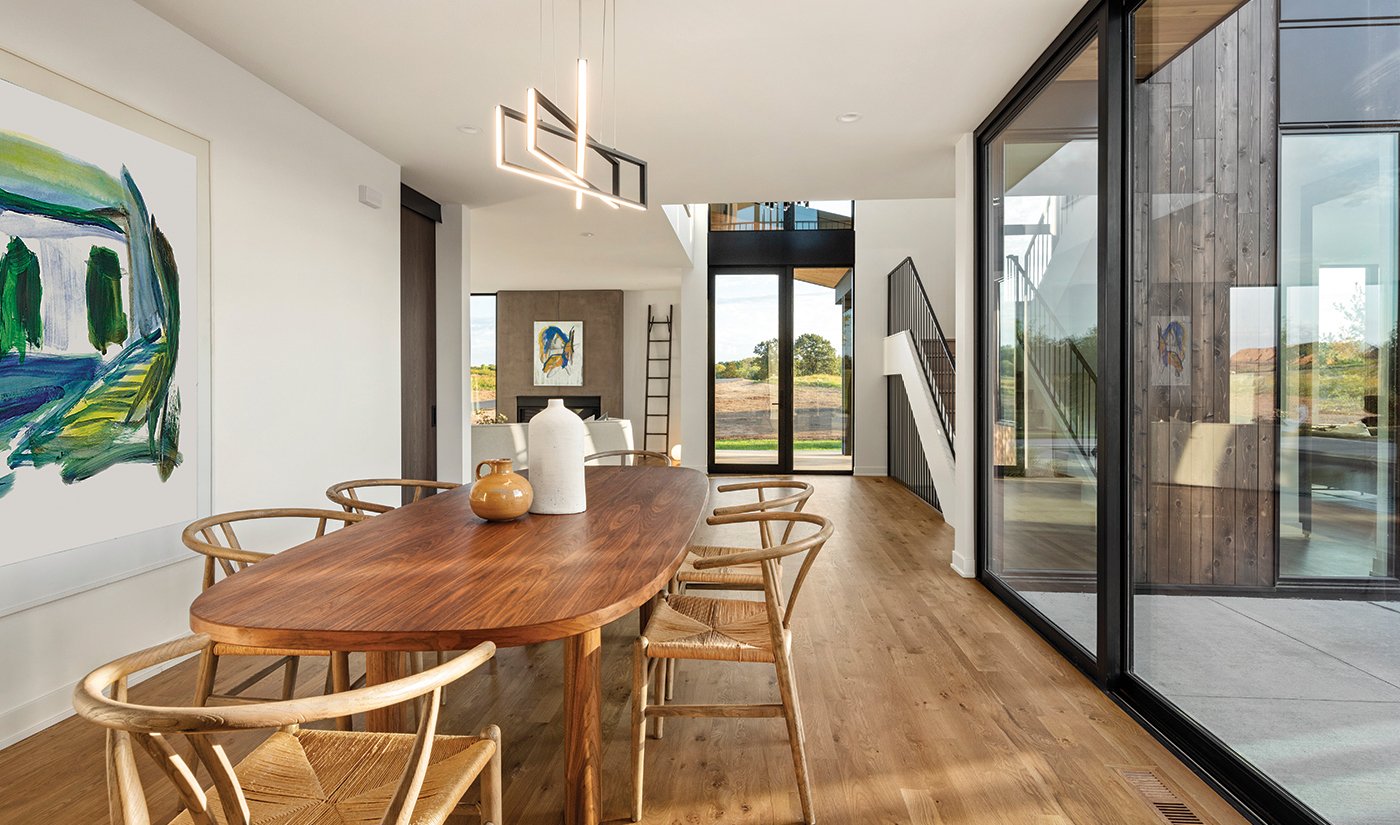
This two-panel MultiGlide™ Door provides floor-to-ceiling glass and easy access to the pool outside.
How to pick out a front door for a Mid-Century Modern home
Front doors for MCM homes are usually tall single doors featuring either natural wood or a full glass panel. Sometimes, panes of glass are integrated into wood doors in various patterns — such as stacked rectangles. Sidelights, stationary windows on the side of the door, are also a preferred element of this style—again, the more glass, the better. Hardware on these doors is usually minimal and sleek. It’s optimized for function without flourishes or embellishments.
TIP: Pivot Doors, which rotate on a pivot box in the floor and the top jamb, instead of side hinges, are an offering that suits MCM entryways.
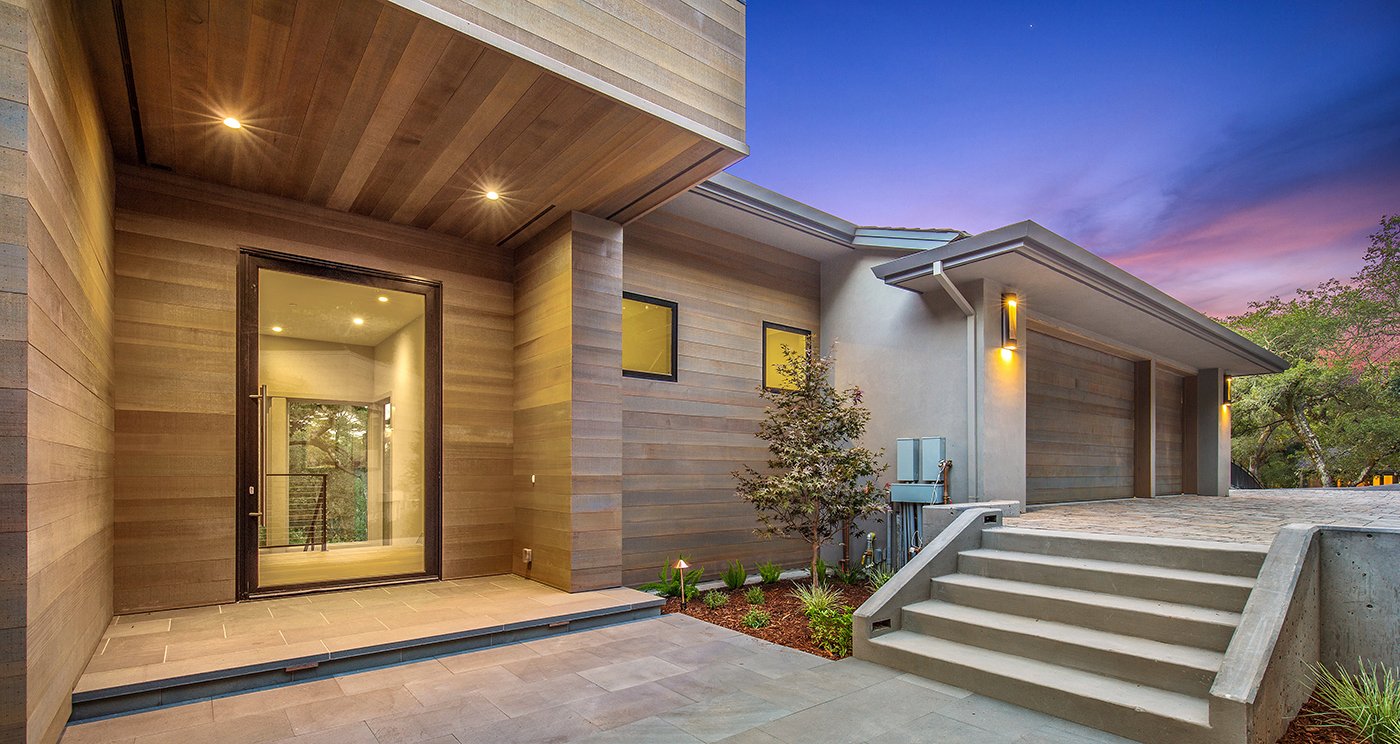
Our Pivot Door is one way to make a statement and incorporate more natural light and functionality into the entrance of your house.
How to pick out a patio door for a Mid-Century Modern home
Whatever size patio door you're thinking of, think bigger. Sliding patio doors are more common for this style, but French or hinged doors that swing in or out can be used too. Sliding doors allow for large glass panes that complement the simple and modern features of the MCM style and provide ample natural light. Think of them as operable floor-to-ceiling windows. Similar to MCM windows, patio doors will typically have narrow framing and the same neutral colors — black, white, dark bronze.
TIP: Our A-Series Gliding Patio Door with contemporary profiles offers, even sightlines and flush hardware perfect for your MCM remodel. Looking for value? The 200 Series Narroline® Gliding Patio Door has barely-there framing around the glass.
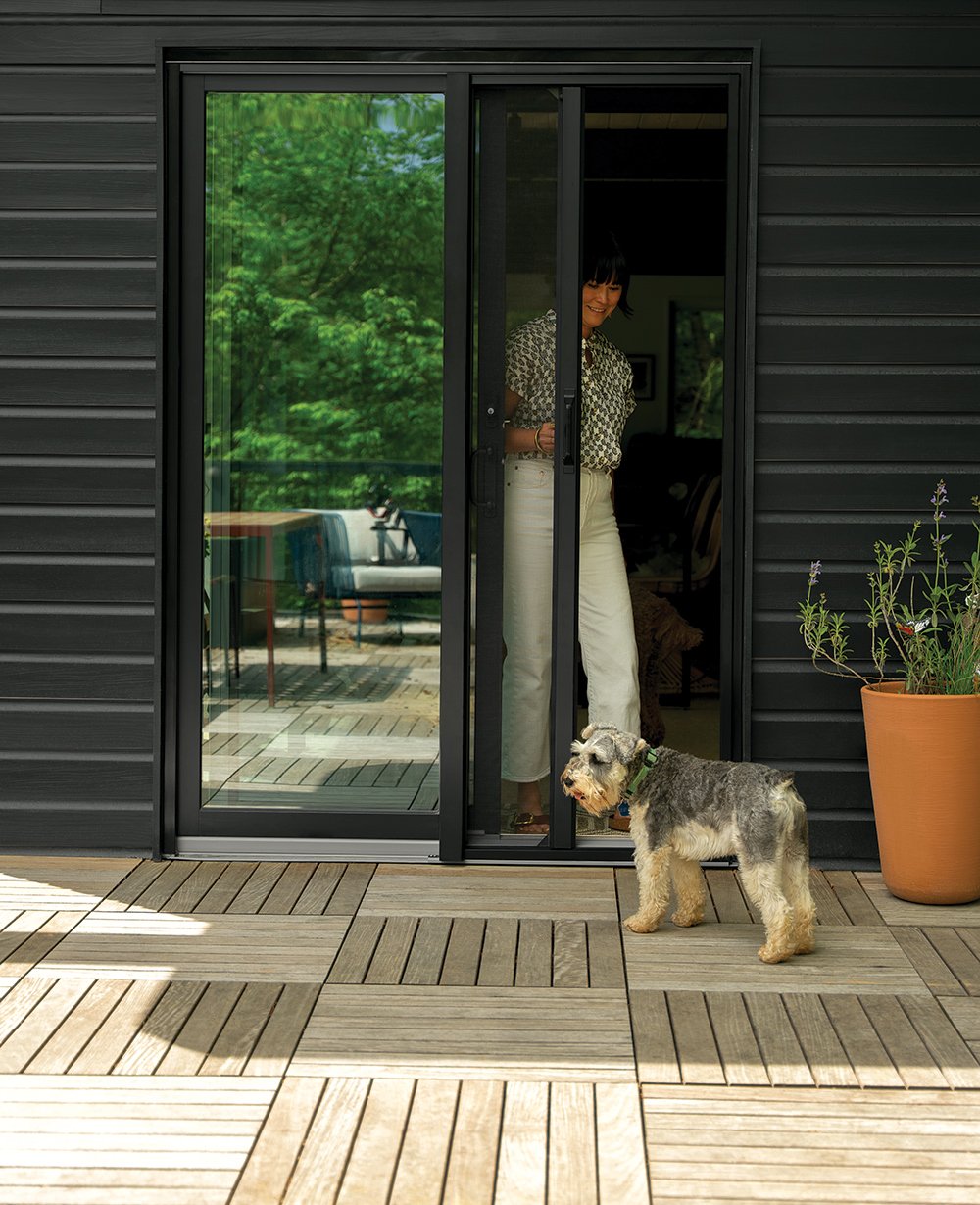
Corner windows and doors
Wrapping windows and doors around corners achieves the openness and transparency that epitomizes MCM homes. To create such an effect, you can order doors and windows that are designed to fit a corner. Alternately, windows and doors are sometimes installed on both sides to create the look without using corner-specific product configurations — your architect will be able to come up with a solution that works for your project.
TIP: The Liftslide door is the perfect option for adding a seamless corner door to your MCM home. And if you want the big door effect with a more standard patio door, consider the corner configurations offered through our E-Series product line.

There are various combinations that can achieve a corner effect. Maximize your views and natural light even further by adding transom windows as seen in this light and airy bedroom featuring an E-Series Gliding Patio Door and E-Series windows.
Up next
